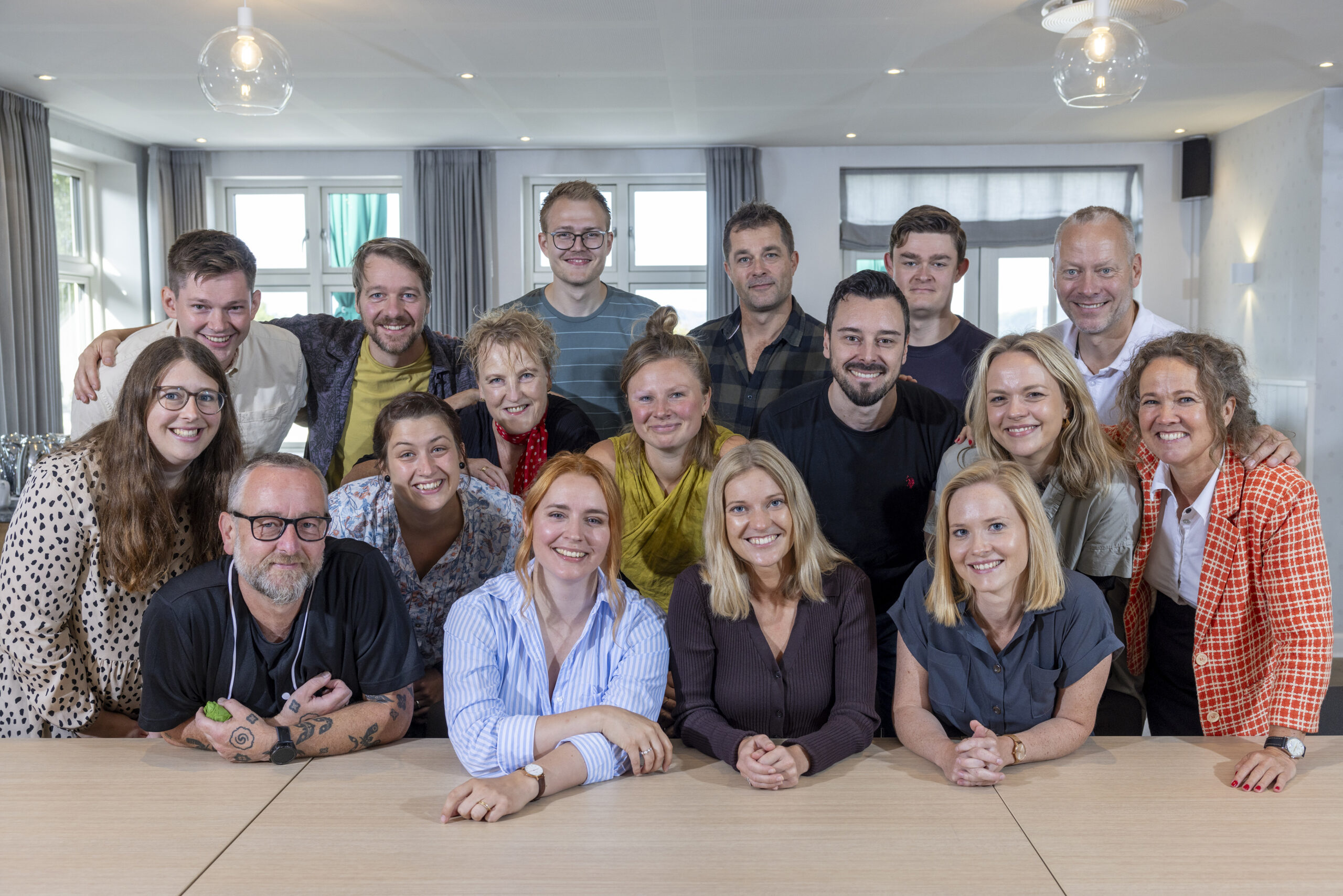CfDP runs the Danish helpline in Insafe
The web as a place to learn
Insafe partners monitor and address emerging trends, while seeking to reinforce the image of the web as a place to learn. They endeavour to raise awareness about reporting harmful or illegal content and services. Through close cooperation between partners and other actors, Insafe aims to raise Internet safety-awareness standards and support the development of information literacy for all.
Danish partners of Insafe
In Denmark, the following partners had worked together since 2009 as part of the Safter Internet Programme, Insafe:
Helpline / CfDP, Cyberhus National helplines respond to the questions and concerns of young people linked to their experiences online or the harmful or illegal online content they encounter. Cyberhus is Helpline in Denmark.
Link to report on Operation and capacity building of the helpline – Guidelines and Training Module
Find the Danish helpline and all the international helplines in Europe on this site – and read statistics on which issues children and young people address.
Awareness Centre / The Media Council for Children and Young People Each country in the Insafe network has a national Awareness Centre who is responsible for implementing campaigns, coordinating actions, developing synergy at the national level and working in close co-operation with all relevant actors at European, regional and local level.
Hotline / Save the Children Denmark The Hotlines allow members of the public to report illegal content on the internet. The hotlines then deal with the reports by passing them on to the appropriate body (Internet Service Providers, the police, hotlines in other countries) in accordance with their operating rules. This helps to reduce the flow of illegal content and contributes to effectively protect internet users.
Safer Internet Programme
In recent years, the EU has coordinated and supported efforts to make the internet a safer place, especially for children. These efforts are ongoing and in the project, under the umbrella of the Safer Internet Programme.
The Safer Internet Programme encompasses Web 2.0 communication services, such as social networking, and co-funds projects to:
- ensure awareness of children, parents and teachers on how to stay safe online;
- provide citizens with national contact points to report illegal and harmful content and conduct, especially on child sexual abuse material and grooming;
- foster self-regulatory initiatives in the field;
- stimulate children to become involved in creating a safer online environment;
- establish a knowledge base on the use of new technologies and related risks by bringing together researchers engaged in online child safety at European level.
Almost half (48 percent) of the budget, should serve to ensure public awareness, 34 percent to fight against illegal content and tackle harmful conduct online, 10 percent to promote a safer online environment and 8 percent to establish a knowledge base. The programme has four main actions:
- fighting against illegal content
- tackling harmful content
- promoting a safer environment
- raising awareness




Hvis du vil sætte et par ord på din tilbagemelding, vil det hjælpe os rigtig meget, til at kunne forbedre vores indhold.